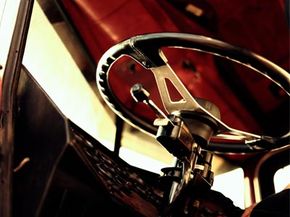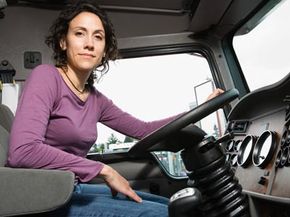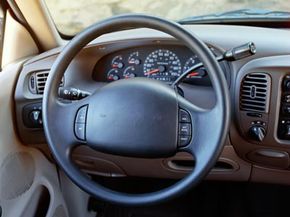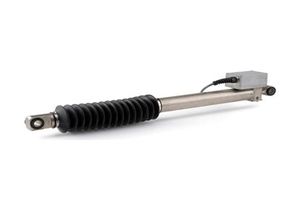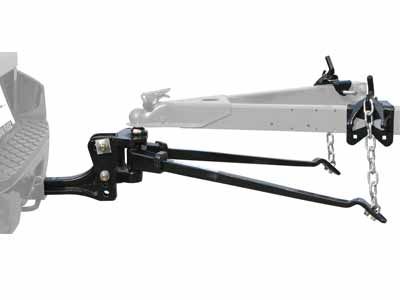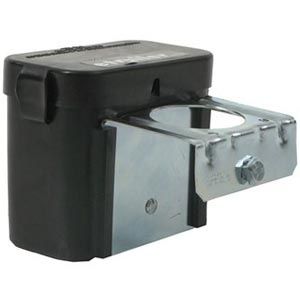Any car or truck owner should make sure his or her vehicle is in top shape before heading out on the road. Making sure tires are properly inflated, having the wheel alignment checked and carrying the right amount of weight in your vehicle will help ensure a safe ride and potentially avoid costly repairs. For people who need to tow a payload, steering is an especially important consideration, because the extra weight behind a vehicle will cause its steering system to act differently. Sometimes, adding steering stabilizers to a tow vehicle is a good choice to provide extra insurance against towing accidents.
While steering stabilizers help your tow vehicle drive or handle better out on the road, you won't be able to -- and shouldn't try to -- drive figure eights or doughnuts around the parking lot in your tow vehicle after installing new steering stabilizers.
Advertisement
There are four major types of steering stabilizers that drivers can use in their tow vehicles: coil springs, coil-hydraulic hybrids, hydraulics and gas springs. Unlike some other towing systems, steering stabilizers aren't required by law on trucks and recreational vehicles, but many drivers choose to use them for better steering, more security and peace of mind. Using spring technology, hydraulics or some variation of the two, steering stabilizers act a bit like the shock absorbers used for car suspension. While shocks are installed almost vertically as part of the car's suspension system, steering stabilizers are typically mounted horizontally near the steering knuckle.
So how do they work, and how is each one different from the next? Read on learn about towing steering stabilizers.
Advertisement
